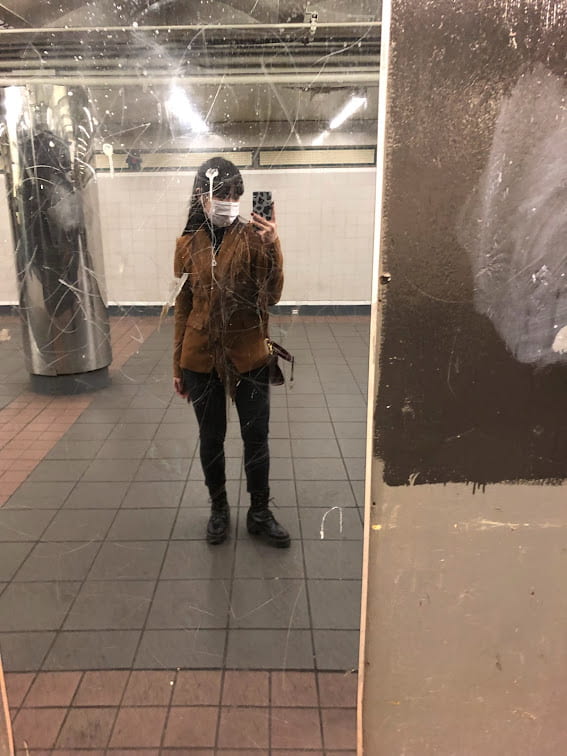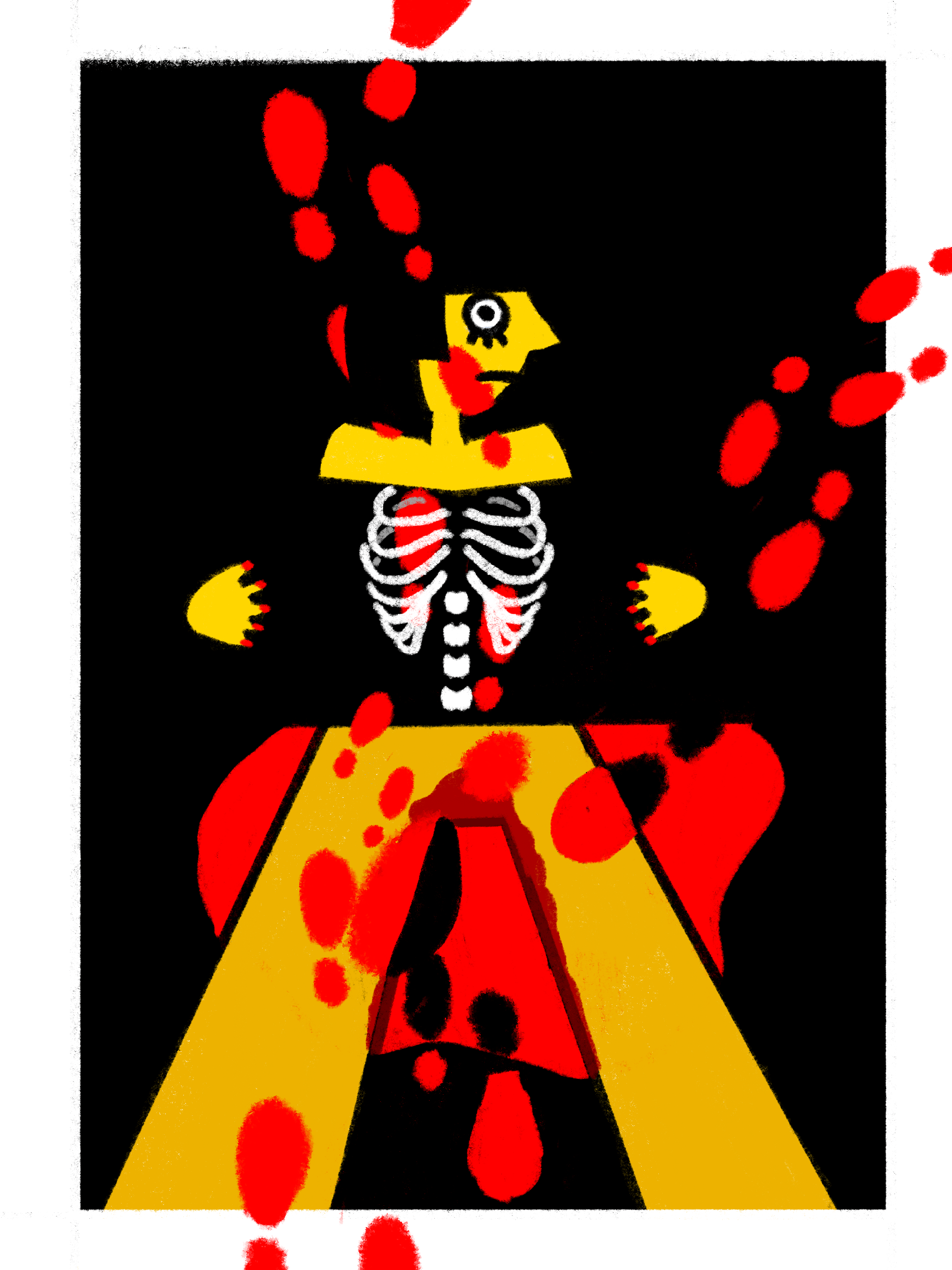Below are some of the quotations/phrases from the reading that stuck with me and my reflection/thought of them:
- “humanize medi-cine” – I associated the term humanization with ‘personification,’ and personification to my knowledge is a literary term people use when an object (or non-human things) are given human traits, such as a giving a rock a name, personality, or even maybe a detailed family history. When I read the phrase “humanize medicine,” I thought of something similar — allowing medicine to have space for ‘traits’, personalities, backgrounds, etc.. Letting there be a story and experience to coexist with modern medicine would be a great progress towards liberating the ridigity of modern medicine.
- “Narrative deals with experiences” – experiences over ‘facts.’ why do we attempt to make things ‘factual,’ ‘objective,’ and third person pov? What makes any of these traits more ‘true,’ and why are emotions and subjective experiences seen as something ‘bad’ and ‘wrong’?
- “Storytelling…sinks the thing [being represented] into the life of the storyteller, in order tobring it out of him again. Thus traces of the storyteller cling to the story the waythe handprints of the potter cling to the clay vessel” – i loved this expression, especially the handprint part. My mom used to have a pottery studio, and she would bring me into the studio. My mom and I would make clay pottery together, and I would watch the clay mold in my hands, depending on the pressure, height, shape, and arrangement of my hands. I think this metaphor just shines light into how narrative medicine can do for its readers: we resonate and percieve them, rather than simply ‘understanding’ the informations listed. A narration is being told, rather than being listed as bullet points. I think it’s cherishable and beautiful that narrative medicine builds a bridge between medical literature and its readers. It truly invites the readers to share, percieve and slowly digest every second of the experience being told.


